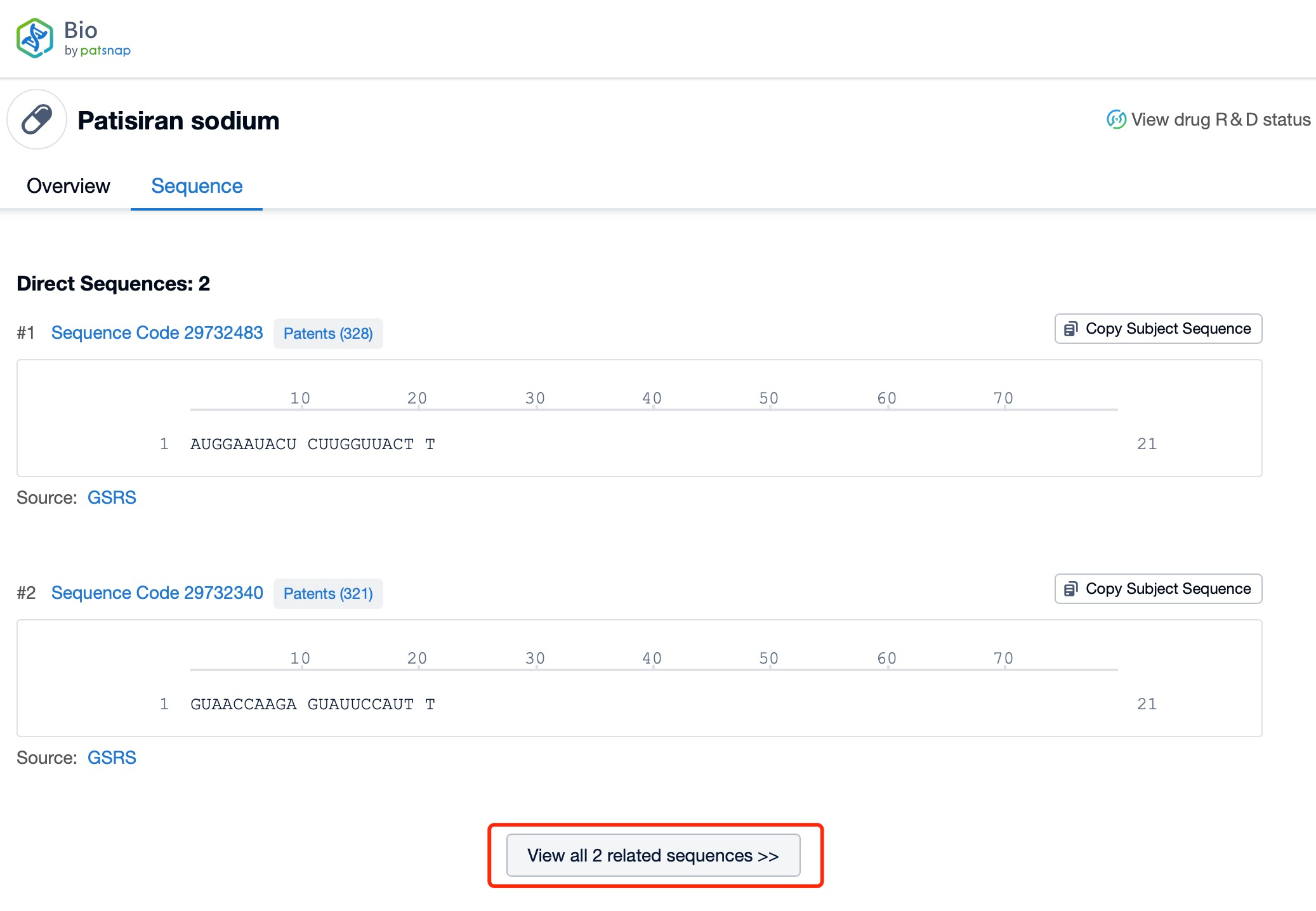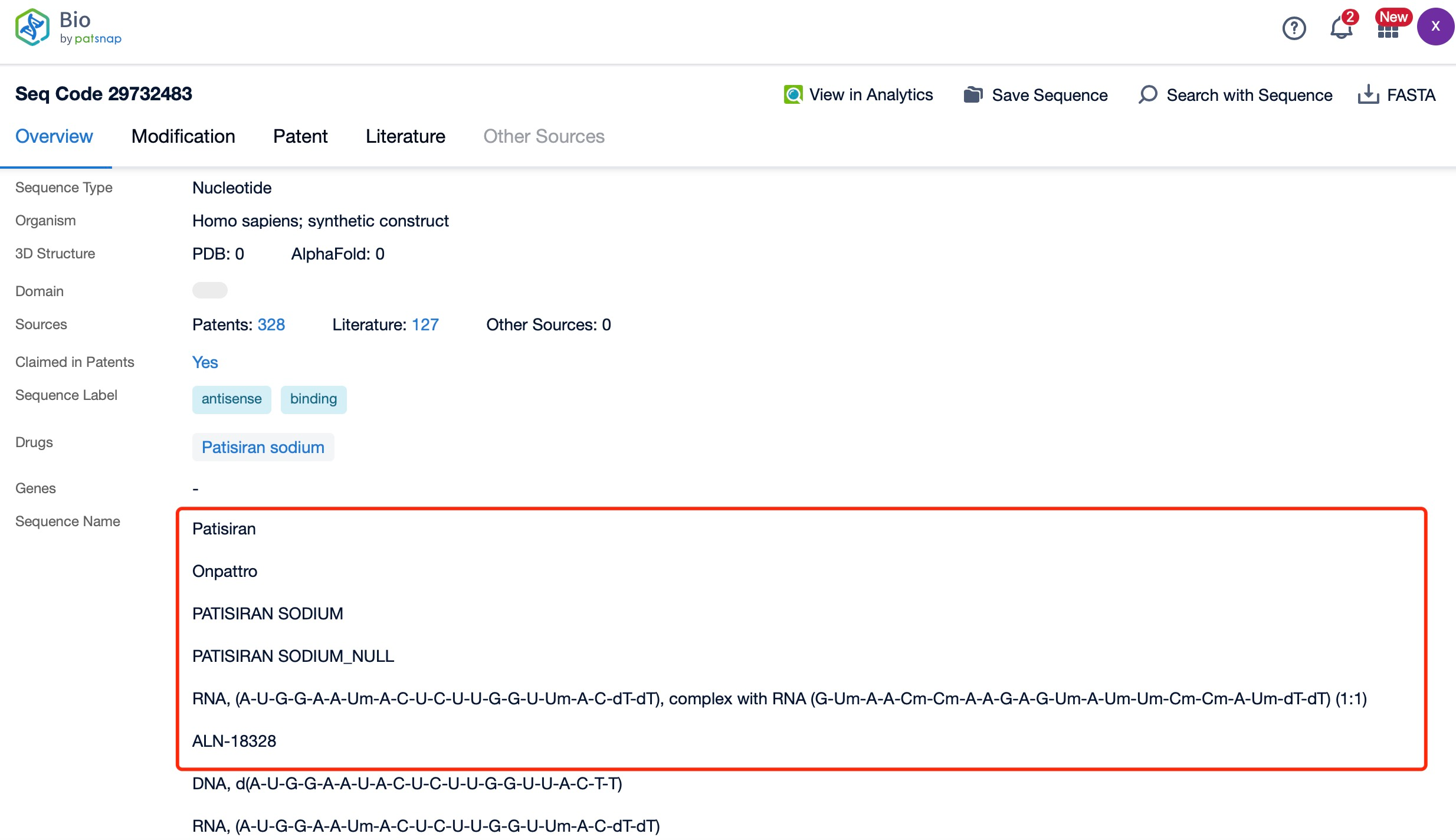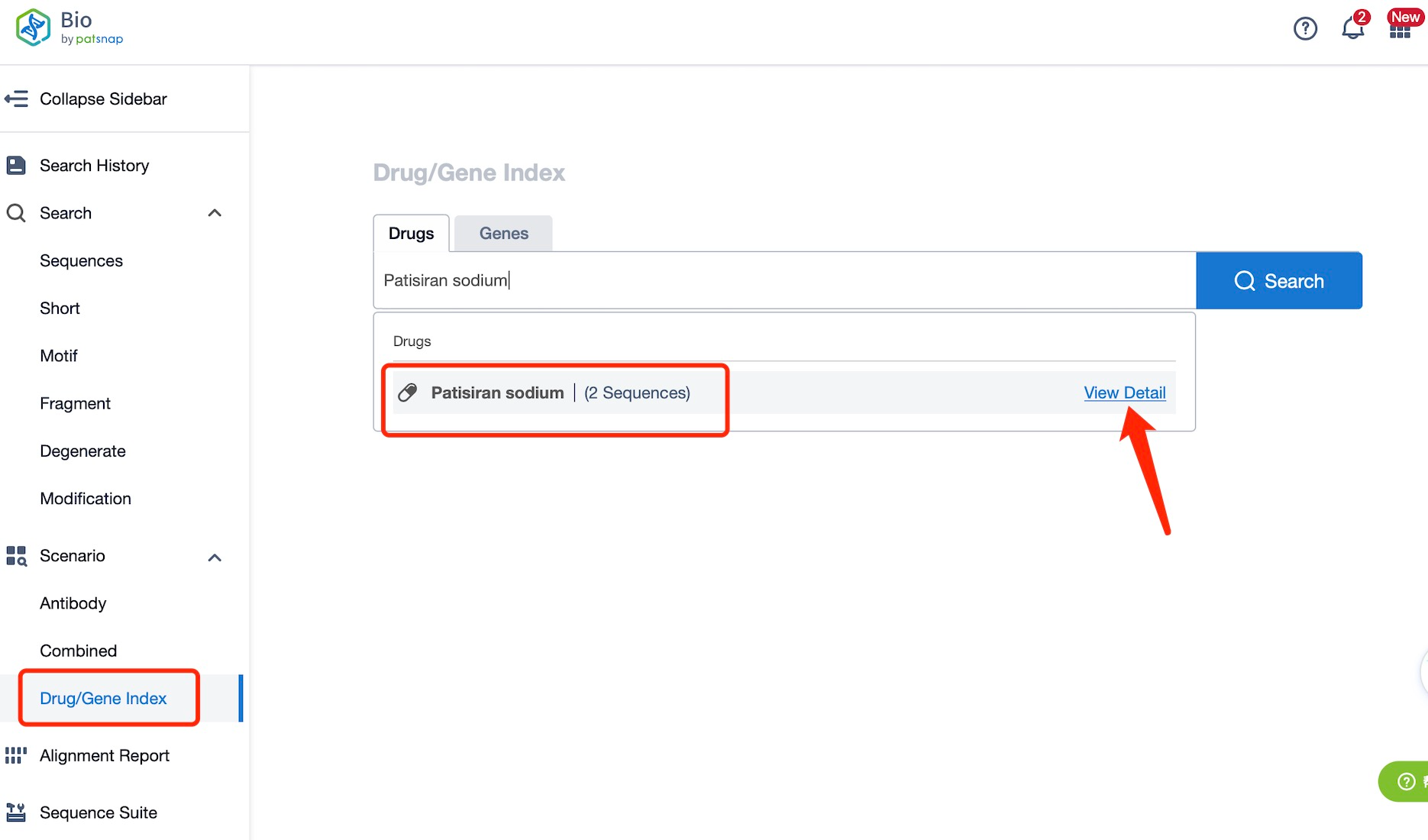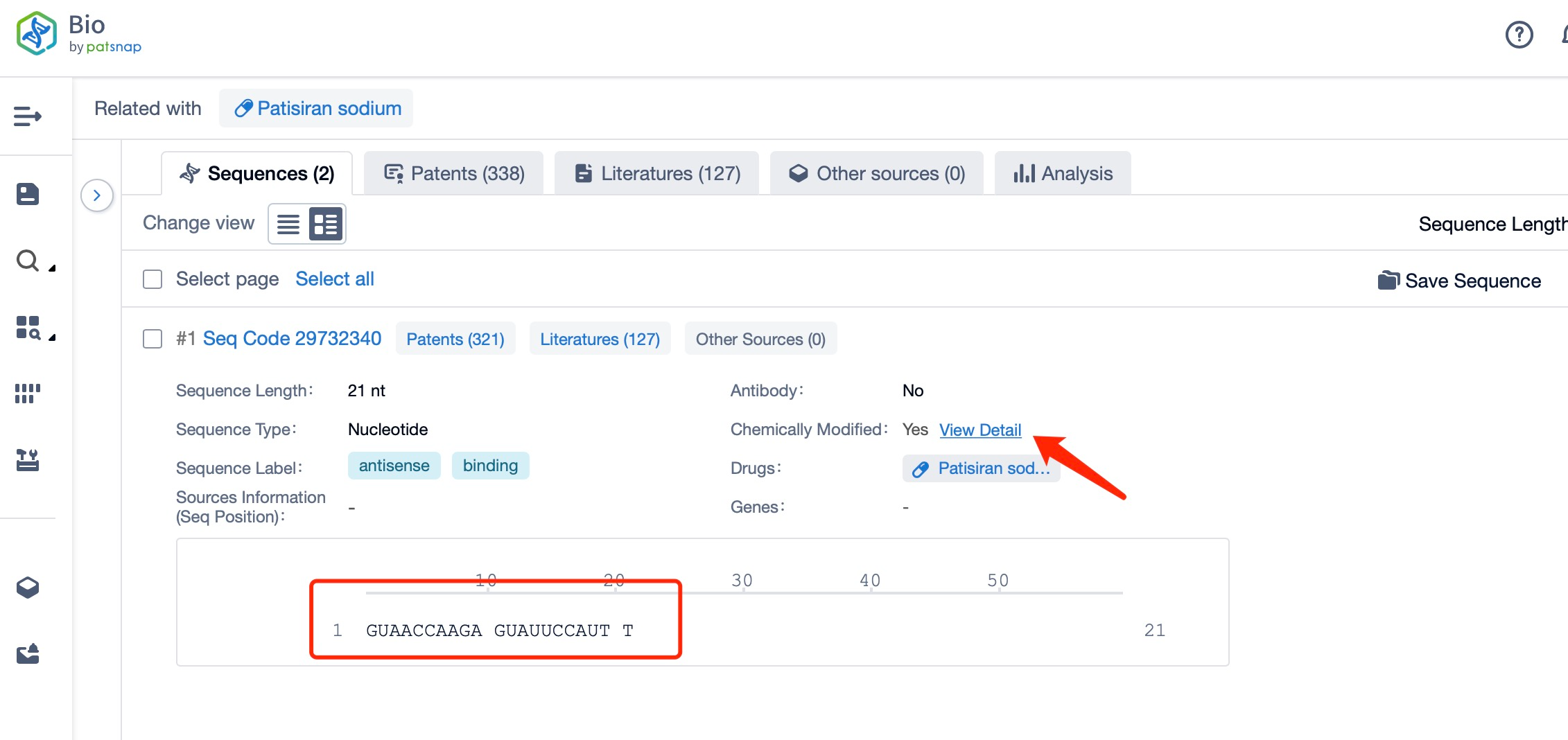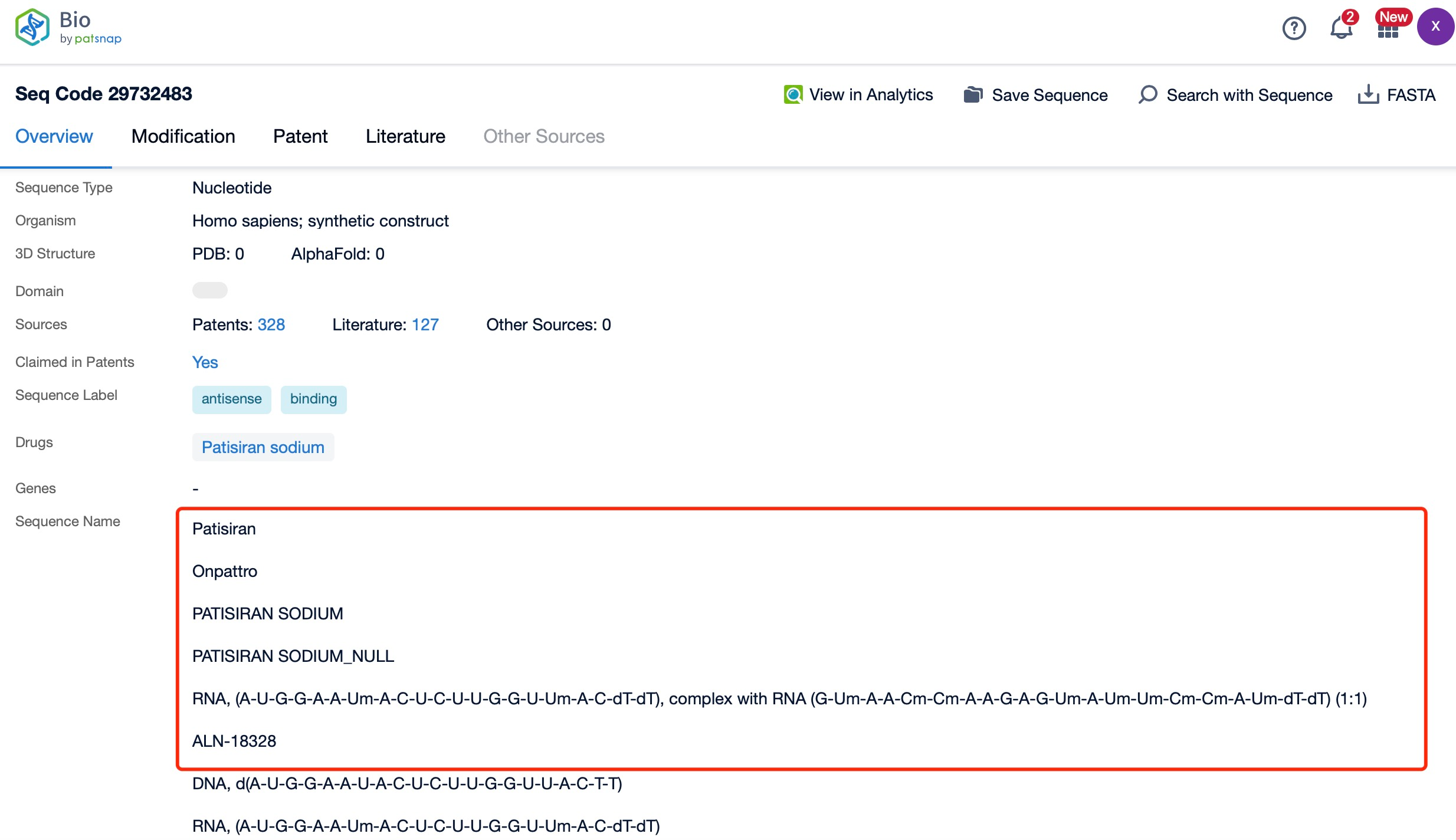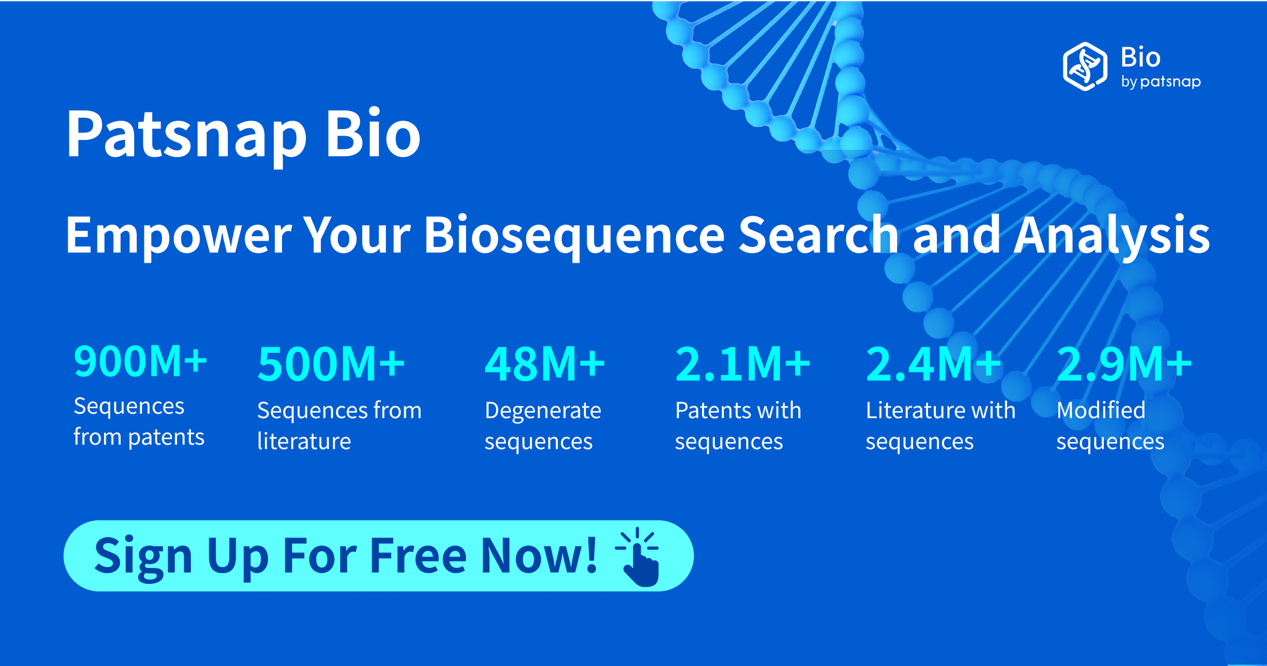How to find the chemical modification of Patisiran sodium?
Patisiran sodium, a pioneering therapeutic agent, is a small interfering RNA (siRNA) developed by Alnylam Pharmaceuticals, a biopharmaceutical company at the forefront of RNA interference (RNAi) technology. Patisiran sodium, marketed under the brand name Onpattro, is specifically designed to target transthyretin (TTR), a protein primarily produced in the liver. It is indicated for the treatment of the polyneuropathy of hereditary transthyretin-mediated amyloidosis (hATTR) in adults. This condition is a rare, progressive, and fatal disorder characterized by the buildup of abnormal TTR protein deposits in various tissues, leading to severe nerve damage and organ dysfunction.
Summary of Research Progress of Patisiran sodium
The research progress of Patisiran sodium has been marked by significant advancements and milestones. Mechanistically, Patisiran sodium operates through RNA interference (RNAi), a natural cellular process that can silence specific genes. By targeting the mRNA of TTR, Patisiran sodium reduces the production of both mutant and wild-type TTR proteins, thereby decreasing the formation of amyloid deposits and alleviating the symptoms of hATTR. This targeted approach addresses the root cause of the disease, offering a more comprehensive and sustainable treatment option compared to traditional symptomatic therapies.
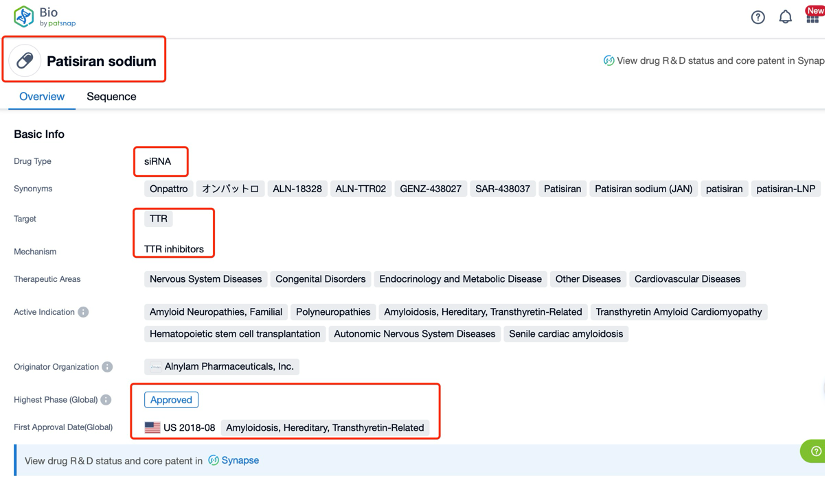
Patisiran sodium has received regulatory approval in several key markets, including the United States, European Union, and Japan. The U.S. Food and Drug Administration (FDA) granted approval to Patisiran sodium in August 2018, recognizing its breakthrough potential and the urgent need for effective treatments for hATTR. In the EU, Patisiran sodium received marketing authorization from the European Medicines Agency (EMA) in June 2019, further expanding its availability to patients across Europe. These approvals were based on robust clinical trial data, particularly from the Phase III APOLLO trial, which demonstrated the efficacy and safety of Patisiran sodium in reducing the progression of polyneuropathy and improving patient outcomes.
Globally, the competition in the hATTR treatment market is limited, given the rarity and complexity of the condition. However, Patisiran sodium stands out as a first-in-class siRNA therapy, offering a novel and highly effective approach. Traditional treatments for hATTR, such as liver transplantation and tafamidis, have limitations in terms of availability, invasiveness, and effectiveness. Patisiran sodium, with its targeted mechanism of action, provides a non-invasive and highly specific treatment option. The drug's unique profile has also attracted attention from healthcare providers and patient advocacy groups, highlighting its potential to transform the management of hATTR.
Sequence Information and Characteristics of Patisiran sodium
The sequence information and characteristics of Patisiran sodium are essential to understanding its mechanism of action and therapeutic potential. Patisiran sodium is a chemically modified siRNA that targets the mRNA of TTR. The siRNA is designed to be a double-stranded RNA molecule, each strand 21 nucleotides long. The sequence of the siRNA is meticulously engineered to ensure high specificity and affinity for the target mRNA, minimizing off-target effects and maximizing therapeutic efficacy. The antisense strand of the siRNA hybridizes with the TTR mRNA, leading to its degradation and silencing of the TTR gene.
One of the key features of Patisiran sodium is its conjugation to N-acetylgalactosamine (GalNAc), a ligand that facilitates liver-specific delivery. The GalNAc-siRNA conjugate is recognized by the asialoglycoprotein receptor (ASGPR) on hepatocytes, enabling efficient uptake and intracellular processing. This targeted delivery system ensures that the siRNA reaches its intended site of action, the liver, where TTR is predominantly expressed. The GalNAc conjugation also enhances the stability and bioavailability of the siRNA, allowing for a more potent and durable therapeutic effect.
Chemical Modification and Action of Patisiran sodium
The chemical modifications of Patisiran sodium further enhance its stability and efficacy. The siRNA component undergoes several modifications, including 2'-O-methoxyethyl (MOE) substitutions on the ribose sugar of certain nucleotides. These modifications increase the resistance of the siRNA to degradation by nucleases in the bloodstream, thereby extending its half-life and improving its stability. Additionally, the GalNAc conjugation improves the solubility and pharmacokinetic properties of the siRNA, allowing for a more stable and effective therapeutic molecule.
The action of Patisiran sodium is mediated through the RNA interference (RNAi) pathway. Once inside the hepatocytes, the GalNAc-siRNA conjugate is processed by the RNA-induced silencing complex (RISC). The passenger strand of the siRNA is degraded, while the guide strand remains bound to the RISC. The guide strand then hybridizes with the complementary TTR mRNA, leading to its cleavage and degradation. This process effectively silences the TTR gene, reducing the production of TTR protein and preventing the formation of amyloid deposits. The reduction in TTR levels is sustained over time, providing long-lasting therapeutic benefits and slowing the progression of hATTR.
Summary and Prospect
In summary, Patisiran sodium (Onpattro) represents a significant breakthrough in the treatment of hereditary transthyretin-mediated amyloidosis (hATTR). Its targeted mechanism of action, involving the silencing of TTR mRNA, offers a novel and effective approach to managing this rare and debilitating condition. The drug's favorable safety profile, combined with its convenient dosing schedule of once-every-three-weeks intravenous infusions, makes it an attractive option for patients with hATTR. With regulatory approvals in multiple regions and strong clinical trial data, Patisiran sodium is poised to play a crucial role in the future of hATTR treatment. Ongoing research and development efforts aim to further optimize the drug's therapeutic potential and explore its use in other related diseases, opening up new possibilities for patients suffering from genetic disorders and metabolic conditions. The success of Patisiran sodium not only highlights the potential of RNAi technology but also paves the way for the development of similar therapies for a wide range of genetic and metabolic disorders.
How to find the chemical modification of all siRNAs?
In Patsnap Bio, you can find the sequence and latest research and development advances of all siRNAs.
Taking Patisiran sodium as an example, first click on the Drug/Gene Index on the Patsnap Bio homepage. Here you can search for sequence information by drug and gene names. Enter ' Patisiran sodium ' in the search box and click to view the details. On the details page, you can find the basic information and research progress of Patisiran sodium.
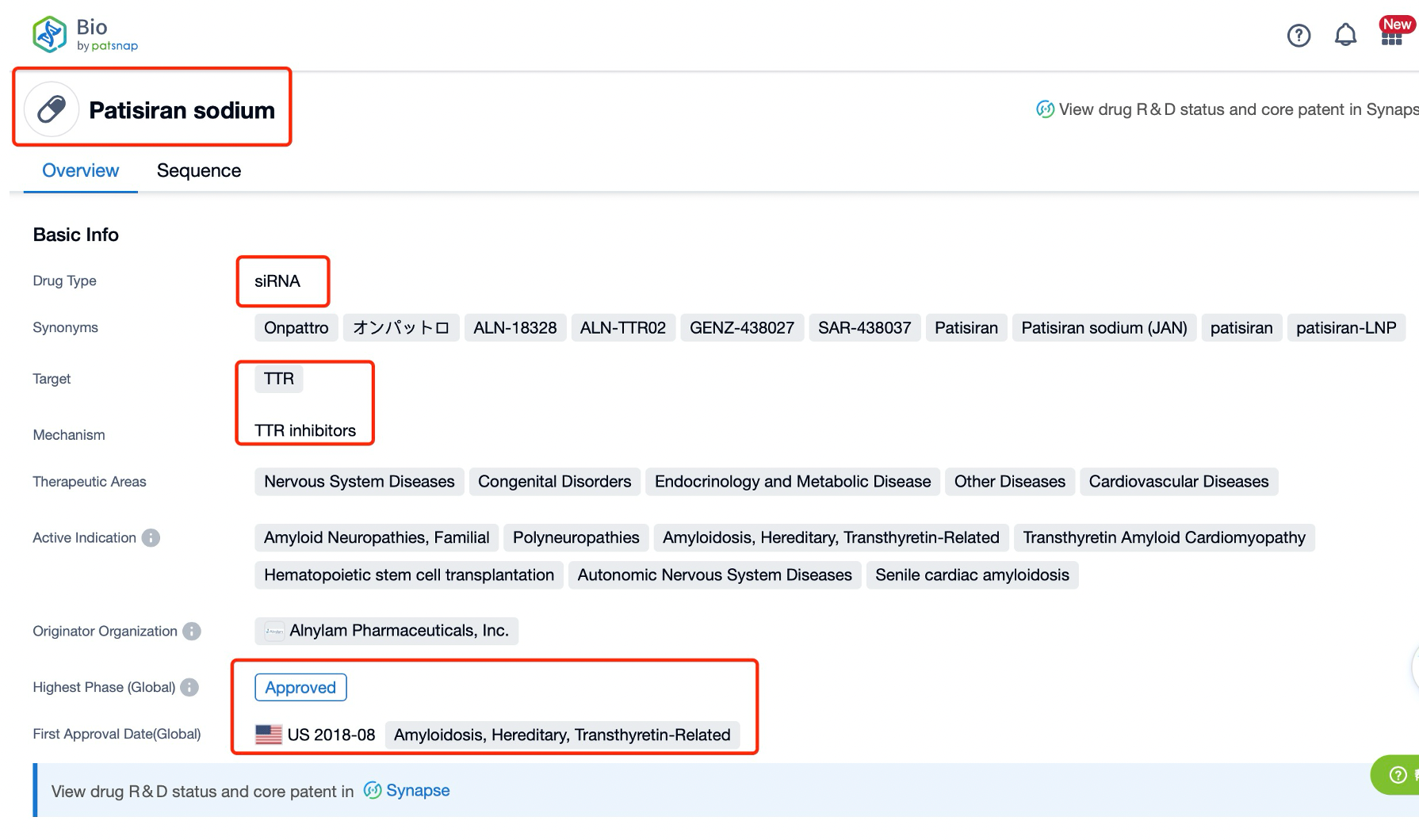
Click "View all related sequences" below the sequence information to search for and retrieve all biological sequences similar to this information.
Clicking on the sequence name will provide you with all the basic information of that sequence.
Additionally, a visual diagram of the sequence's chemical modifications is available for immediate access.
Patsnap Bio helps you turn weeks into minutes with cutting-edge AI-enabled tools built to master the complexities of sequence retrieval and automate IP analysis with precision and ease.
